
Before I just into this post about the best toys — all toxin free of course, I feel like I have to be totally transparent.
My three kids have ALL played with and LOVED toys made of plastic, foam toys and stuffed animals that weren’t the healthiest.
Did we also have natural toys that were toxin free? Yes we did. But I’m sure you know how it is with kids, you’re not the one buying all (or even most) of the toys. On top of which, there are just some toys like Legos or certain character toys that are nearly impossible to find in any form except plastic.
And so I made a choice to be diligent about handwashing after playing and especially before eating. I do try to limit SOME of the extremely toxic toys in my home if at all possible. And I make sure that toys aren’t going in any mouths (but of course my kids are older and out of that phase).
One of the big hurdles families face is trying to overhaul the items their kids are allowed to have and creating frustration that could have been avoided.
So, if you’re letting your kids play with “toxic” toys, give yourself some grace. We’re all in the same boat of doing the best with what we have.
And if you’re looking for some low toxin alternatives, these best toy options can get you started.
CHEMICALS USED IN KID’S TOYS

Bromine, Cadmium & Lead: These hazardous elements tend to be toxic in kids when exposed at low levels for long periods of time. Many times these are found in building blocks, small action figures and play jewelry. The highest risk group is children and babies who still mouth their toys in addition to toys whose paint, finish or plastic is chipped or cracked. Reference: University of Plymouth)
Plastics: Plastics are made of a variety of types of phthalates. While most toys we come across are plastic, we’re finding more and more reasons to avoid plastic toys altogether. A study conducted in 2011 showed that the the chemicals in certain types of plastics (those made with polyurethane, PVC, epoxy and polyacrylonitriles) actually leached the chemicals out, leaving toxins on the environment around the toys. This is particularly true of toys played with in water.
Another study shows the use phthalates in items, including toys, is linked to a higher risk for ADHD and lower scoring of tests.
BPAs are another form component of softer plastics, such as baby bottles. BPAs have been reduced in food plastics, however they are still being used in toys for children. BPA exposure has been linked to childhood obesity and adverse levels of body fat (Research). Unfortunately even though BPAs have been banned, the replacement for this chemical is most likely just as bad for the environment and our bodies as BPAs are.
Phthalates in plastics are also a known endocrine disruptor. This means that the phthalates that are in plastic toys negatively affects the natural hormone production in the body. Often times it disrupts or stops hormone production. Columbia University performed a study that showed that exposure to phthalates, including those in plastic toys, was linked to childhood asthma, mental and motor development problems and reduced thyroid function. They concluded that even small exposure to phthalates in children can have a big health impact.
Fire Retardants (PBDEs): Fire retardants have been found in many of the plastic toys manufactured in China. It has also been found in practically all stuffed and foam toys as well. Fire retardants have been shown to affect children by disrupting the hormone system, and playing a part in behavioral development.
We would avoid chemical flame retardants in mattresses, yet we are letting our kids play with teethers and other plastic toys that contain these chemicals. This study that EWG published discusses the specifics of these chemicals and how they’re getting into the United States.
Cobalt: Cobalt is used in dyes and pigments of toys, particularly ones that are blue in color. Cobalt has been found in plastic toys, plastic building blocks, baby bibs and synthetic baby changing mats. Studies of this compound showed that it is indeed a carcinogen and can affect the tissue in the kidneys, lungs and spleen. It also disrupts and affects the hormone system. While this may be an uncommon chemical, as more research is done, we will find out more effects of it and how to avoid it in the future. You can read about what we do know here.
Ethylene Glycol: This chemical is an industrial solvent used in polyester (synthetic fabrics), red and orange dyes for toys, and plastic products. It’s also used for antifreeze. While there is still research being performed and conducted on this chemical, I think it’s safe to say it’s far from natural. In general most of the risk from this chemical is due to ingestion, but kids at some point or another will have their toys in their mouths. This published report goes in depth about the risks and exposure of Ethylene Glycol.
What they have found is that it can irritate airways when inhaled for periods of time and there is harm to the kidneys when exposed to high doses of this chemical.
WHAT TO GET RID OF NOW
So what do we do with all this information? While I wish things were different and there was absolutely no plastic in my home, the truth is that plastic is just about everywhere. And I’m not about to take every toy from my children and analyze its content and potential for health risks.
If you’re a parent you know that most toys probably aren’t bought by you in the first place. I know many of the plastic toys in our home were purchased for our kids by family and friends. And purchased out of love for my girls, may I add.
Eventually some toys do get tossed or donated at our house. Often the toys that get donated first are the ones they just no longer have interest in. Next to go are the toys that are chipped, scratched or in disrepair. If I can recycle them I will, otherwise, they get tossed.
Squishies: Do your kids love squishies? Mine have been begging for them for every birthday and trip to Target for the past year. But, a study recently came out pointing to some pretty harsh chemicals and additives in Squishies manufactured in Japan. This study by a Danish agency analyzed the toys and found some unacceptably high levels. These might be a toy that should stay out of your home and out of your kids’ hands, unfortunately.
Slime & Putty: The problem with slime and putty is that it often contains synthetic fragrance along with potentially harmful adhesives and ingredients that our kids are using for long periods of times with bare hands. This allows them to absorb those toxins into their skin and bloodstream while they play for longer periods of time.
Anything with Fragrance: Any toy or fidget or item that has synthetic fragrance is one that I would consider throwing out if possible. Fragrance made out of synthetic chemicals and ingredients can impact natural hormone production and really contribute to overall body burden.
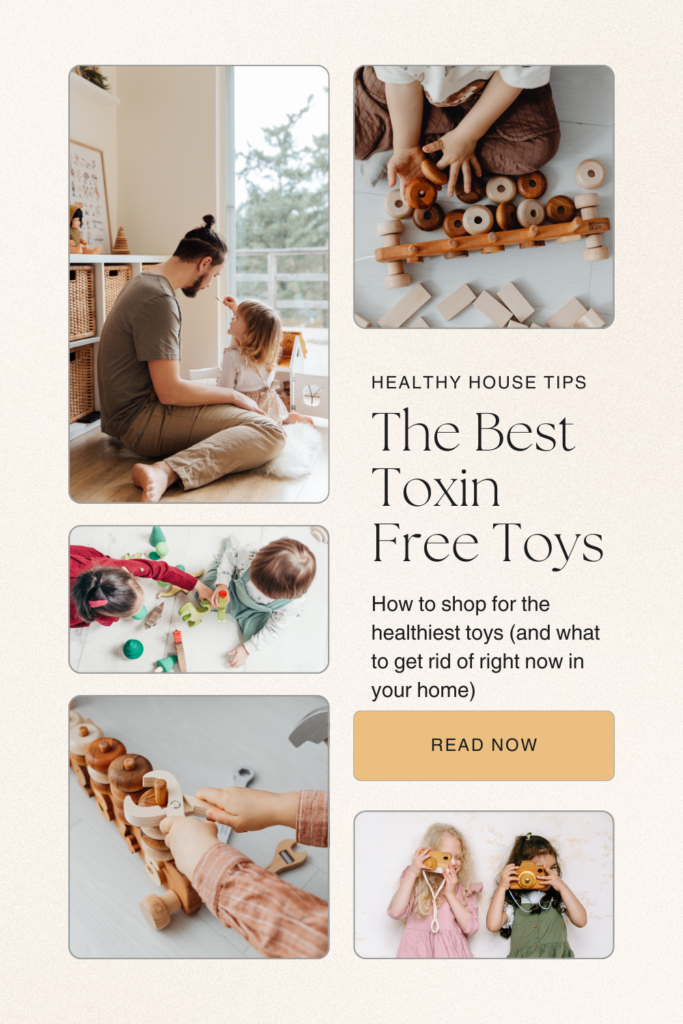
HOW TO SHOP IN THE FUTURE
Obviously kids love toys, and we love to see them play! Simple and imaginative play can be done without action figures or plastic figurines. In fact, the simpler the toy, often times the more imaginative their play will become. Janet Lansbury has an amazing website about encouraging play that doesn’t require specific toys.
When you’re purchasing toys or items for your kids, do a little research beforehand and see if you can find an alternative. Also, making sure a cloth item is organic cloth is your best bet.
Here are some of my favorite toys that are toxin free:
Favorite Etsy Items that are Toxin Free:
Share this:
- Click to share on Facebook (Opens in new window) Facebook
- Click to share on LinkedIn (Opens in new window) LinkedIn
- Click to share on Reddit (Opens in new window) Reddit
- Click to share on Pinterest (Opens in new window) Pinterest
- Click to print (Opens in new window) Print
- Click to share on X (Opens in new window) X


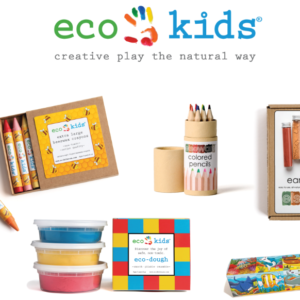




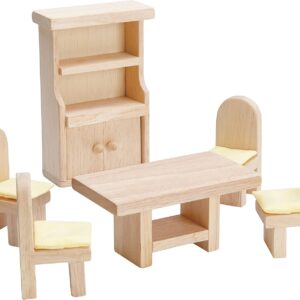
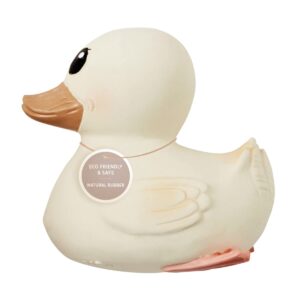


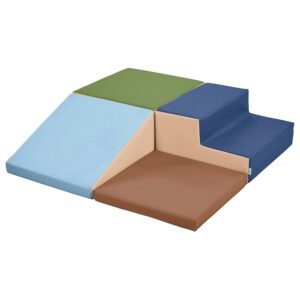


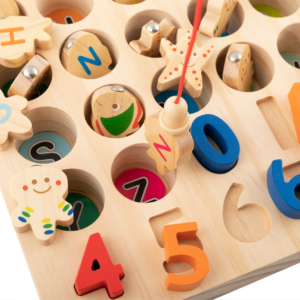
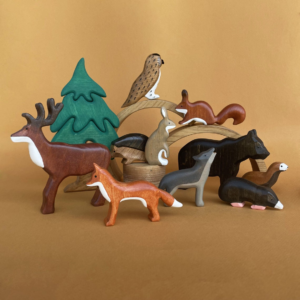




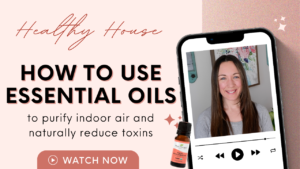
Pingback: Healthy & Heartfelt: 2024 Holiday Gift Guide for Clean Living